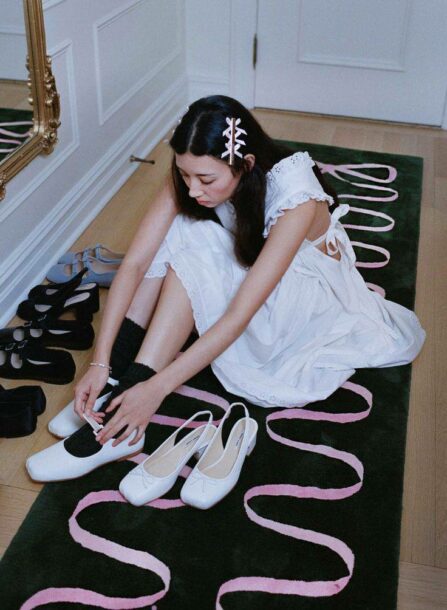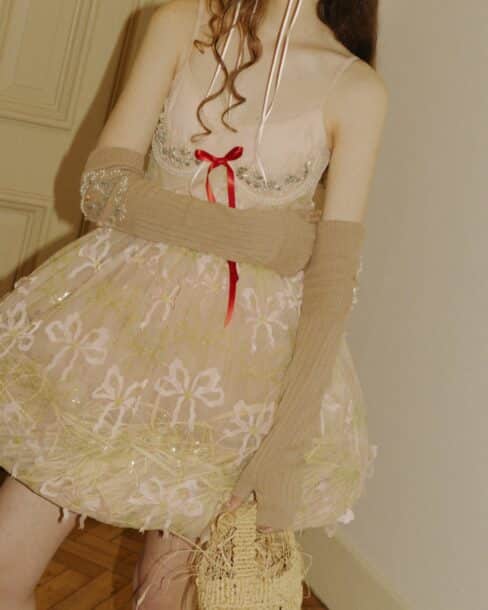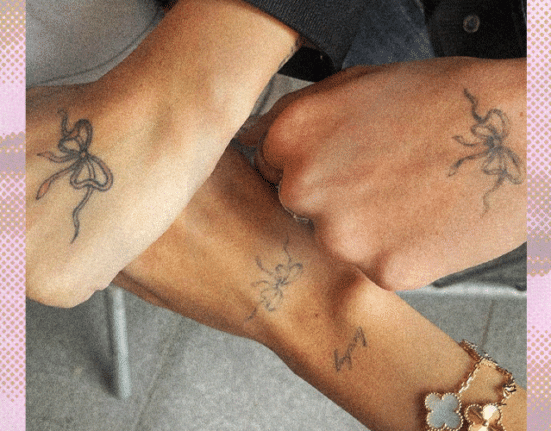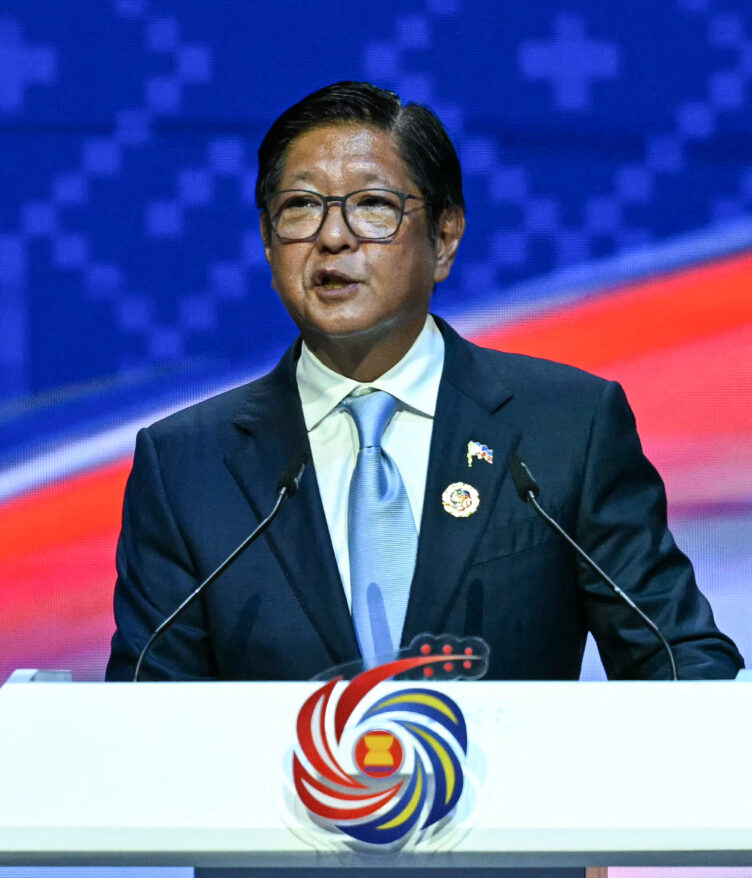WE’RE in the Peak Bow era.
For years, women have been taught that they owe a part of their femininity to men, which leads them to alter their own desires because they fear judgment or being subjected to male scrutiny or violence.
Due to this heightened awareness, when women choose to highlight their beauty or reveal more skin, it’s often assumed that they have hidden intentions, leading to blaming women for unwanted attention.
Sadly, this pressure is tied to the “coquette” trend, a term originally coined by men to justify mistreating young women. Reclaiming this trend means recognizing its problematic origins while also moving forward positively.
About ‘coquette’
According to the Etymology Dictionary, the term “nomenclatura” means “a loving person who flirts and presents themselves as attractive through romance and vanity.” It comes from French and was commonly used in the 1800s.
The aesthetic of coquette emerged around the time of Marie Antoinette and became widely popular during mid-2010s on Tumblr, originating from a community or group based on continuing the persona of the “nymphet.”
In the world of fashion, the term “coquette” refers to a style that embodies femininity, playfulness and a charming innocence. The style is reminiscent of 17th-century France.
Marisa Ledford, a stylist based in Los Angeles, describes the coquette trend as “Gen Z’s take on flirty, soft, hyper-feminine style.”
Simone Rocha, SHUSHU/TONG, and Sandy Liang are among high-fashion brands, probably the “holy trinity” of the coquette market niche.

Basically, coquette is anything with ribbons, bows, pearls, sunnies or pendant necklaces, even in laces, hearts, that are ideally in color pink and red.
Ribbons—designed to emphasize your figure, your clothes, and even your ears, made their runway debut—thanks to Simone Rocha. Like your mothers used to do, quirky ribbon drop earrings in pink and red will add pops of color and nostalgia to your ensemble.

In the context of the coquette style, the term “Lolita vibes” highlights its charming and girly aspects even more. This time, “Lolita” refers not to the contentious novel but to a Japanese fashion subculture.
With Victorian and Rococo inspired features like billowing skirts, petticoats, and ornate headdresses, the Lolita design embraces a doll-like appearance, signifying innocence and childish beauty.
Pop Culture/Mainstream
According to Glamour, Jennie of BLACKPINK popularized the coquette trend by wearing it to the red carpet, her live performances, and in public appearances.

Some celebrities who have large fan bases have also been associated with this style: Lily-Rose Depp, Hailey Bieber, Sydney Sweeney and Bella Hadid.
Movie and shows like “Emma” and Netflix’s “Bridgerton” are prime examples of the coquette aesthetic in contemporary pop culture.
Buzzfeed reports that the “#coquetteaesthetic” hashtag trend has received over 5 billion views on TikTok. The term “bow outfits” got a 190% spike in searches on the lifestyle website Pinterest in January.
Kim Kardashian used the coquette look to promote her company Skims and used Lana Del Rey as the model for her Valentine’s Day collection.
On TikTok, one of the biggest trends is people bow-tying every unconventional thing like food and even animals, while using her song “Let the Light In” featuring Father John Misty. They write captions like “I love my coquette breakfast.”
@partiallyrosie Feeling quite coquette tn #coquette #coquetteaesthetic #fyp
♬ оригинальный звук – 𝓛𝓲𝓵𝓵𝓪 𝓴𝓪𝓽𝓽𝓮𝓷
The argument that the coquette trend adds to the idea of sexualizing young girls and demeaning women is a topic of intense online debate.
Nevertheless, the coquette trend has made an impact, and at the end of the day, it’s all about embracing our femininity.
With reports from Nicole Thomas
How useful was this post?
Click on a star to rate it!
Average rating 0 / 5. Vote count: 0
No votes so far! Be the first to rate this post.
We are sorry that this post was not useful for you!
Let us improve this post!
Tell us how we can improve this post?







